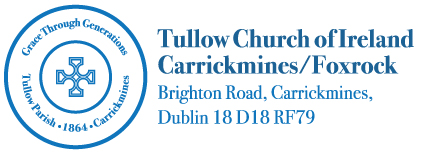Epiphany is a Christian feast celebrating the ‘shining forth’ or revelation of God to mankind in human form, in the person of Jesus Christ.
The observance had its origins in the eastern Christian churches, and included the birth of Jesus Christ; the visit of the Magi (Wise Men) who arrived in Bethlehem; and all of Jesus’ childhood events, up to his baptism in the Jordanby John the Baptist. The feast was initially based on (and viewed as a fulfillment of) the Jewish Feast of Lights. This was fixed on January 6.
The first reference to Epiphany in the Latin West is a slighting remark by Clement of Alexandria in Stromateis, I, xxi, 45: “There are those, too, who over-curiously assign to the Birth of Our Saviour not only its year but its day…” Origen’s list of festivals (in Contra Celsus, VIII, xxii) omits any reference to Epiphany. The first reference to an ecclesiastical feast of the Epiphany, in Ammianus Marcellinus (XXI:ii), is in 361.
Thus in the Latin church, the feast of Christmas was established before that of Epiphany. Over time the western churches decided to celebrate Christmas on December 25. The eastern churches continued to treat January 6 as the day marking Jesus’s birth. This has given rise in the west to the notion of a twelve day festival, starting on December 25, and ending on January 6, called the twelve days of Christmas, although some Christian cultures — especially those of Latin America — extend it to 40 days, ending on Candlemas, or February 2 (known as Candelaria in Spanish).
Prior to 1970, the Roman Catholic Church (and prior to 1976, the Anglican churches) reckoned Epiphany as an eight-day feast, beginning on January 6 and continuing through the Octave of Epiphany, or January 13. More recently, Roman Catholics in the United States mark Epiphany on the Sunday after the first Saturday in January (before this the Sunday between January 1 and January6, inyears when there was one, was designated the Feast of the Holy Name of Jesus), and all Catholics and Anglicans (along with many other Protestants) now formally end the Christmas season on the Sunday immediately following January 6, or, for American Catholics, the ensuing Monday in years when the Epiphany falls on January 7 or8. Ineither case, the feast of the Baptism of the Lord is observed on the latter day, after which the first installment of Ordinary Time begins.
Today in Eastern Orthodox churches, the emphasis at this feast is on the shining forth and revelation of Jesus Christ as the Messiah and second person of the Holy Trinity at the time of his baptism. Usually called the Feast of the Theophany, it is one of the great feasts of the liturgical year. “Theophany” comes from the Greek for “God shining forth.”
The Irish call this day Nollaig na mBan (Women’s Christmas) and also Little Christmas. In Rome, “Epiphania” was transformed into Befana, the great fair held at that season, when sigillaria of terracotta or baked pastry were sold (Macrobius I, x, xxiv; II, xlix).
In Spain, Cubaand some Latin American countries Epiphany day is called El Día de Reyes (Kings’ Day, as the Magi are known as the Los Tres Reyes Magos) or Pascua de Negros (Blackmen Christmas). In Spanish tradition, on this day, the Magi deliver Christmas presents.
